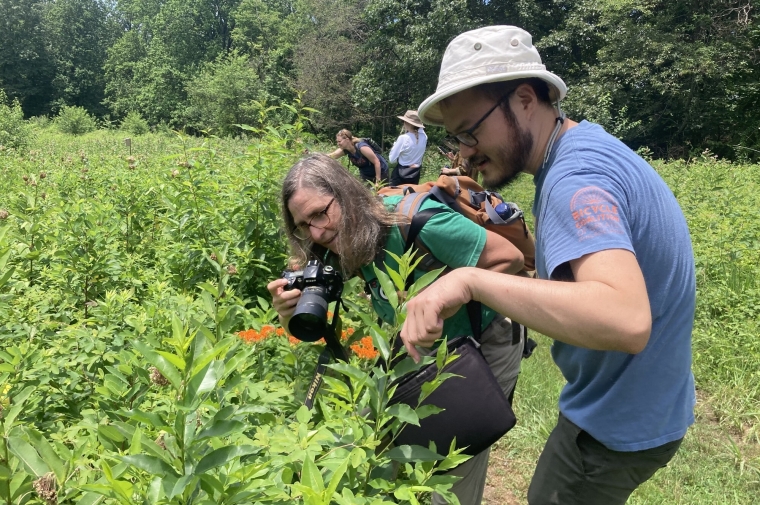March 16, 2016
Stuart Weitzman School of Design
102 Meyerson Hall
210 South 34th Street
Philadelphia, PA 19104
Get the latest Weitzman news in your Inbox
Media Contact
Michael Grant
mrgrant@design.upenn.edu
215.898.2539
The latest issue of LA+, PennDesign’s critically acclaimed interdisciplinary journal, considers landscape architecture’s complicated relationship to pleasure, exploring the concept through art and design, science, philosophy, sociology, history, and geography. In an essay excerpted here, landscape architects Phoebe Lickwar and Thomas Oles react to a recent issue of Landscape Architecture Magazine. To subscribe, visit LAPlusJournal.com, or purchase single issues at OroEditions.com.
Th[e] oath to save has produced its own distinct form of psychic discomfort in the contemporary practice of landscape architecture. It is different from the pain endured by creative artists, which derives from the terror of making something—anything at all—out of nothing. It is also different from the torment of architectural education, which prepares students for the ignominy of a working life marked by long hours and low pay. No, the pain of the landscape architect is something else entirely. Ours is the pain of moral ardency, the anguish that derives from our fervent desire to redeem a fallen world. Like medieval flagellants, we do penance for the original sins of our species (agriculture, money, technology), shoulder guilt for the misdeeds of our predecessors. We groan under the burden to repair, reconnect, reclaim, restore, regenerate, and revitalize, adopting places lost, poisoned, abused, discarded, or forgotten. Visions of apocalypse bring us a strange and often poorly concealed Schadenfreude, confirming our sense of doom but promising growth in demand for our services. More than any other design professionals we fancy ourselves lone visionaries, speakers of truth in a world of lies, guides on the path toward deliverance. We matter (the incantation would go, were it ever sung aloud) not merely because we see and solve ‘problems,’ but because we are right. More even than specialized knowledge or technical skill, this rightness is the good we hawk in the global marketplace, where the sign on our tent reads: VIRTUE FOR SALE.
This is serious business, to be sure. But are we not allowed some fun, too? Does our pain for the world, our knowledge of apocalypses to come require us to forego pleasure altogether? If the things that we design are to delight as well as redeem, surely we ourselves should be able to delight in the process of making them, and to infect others with this same delight? But we are fun! comes the objection. It is just that pleasure must be useful, the means toward the morally legitimate end of persuading the (well-meaning but benighted) public to attend to those things that really matter: sea-level rise, species extinction, drought and desertification, peak oil, the obesity epidemic, the anomie and isolation of smartphones, and celebrity pornography. There is far too much to be done amid this catalogue of ills for mere pleasure, especially when such pleasure might implicate us in the very pathologies we purport to cure. We are prone to lament the disappearance of landscapes of play (yet another modern ill), but only for children. For the rest of us, banished as we are from that garden forever, landscapes must educate, enlighten, edify, redeem. So there we landscape architects stand, perched on a wobbly crate in the town square, delivering our lugubrious sermon to an indifferent world as it rushes past to the Apple Store.


 Expand Image
Expand Image

